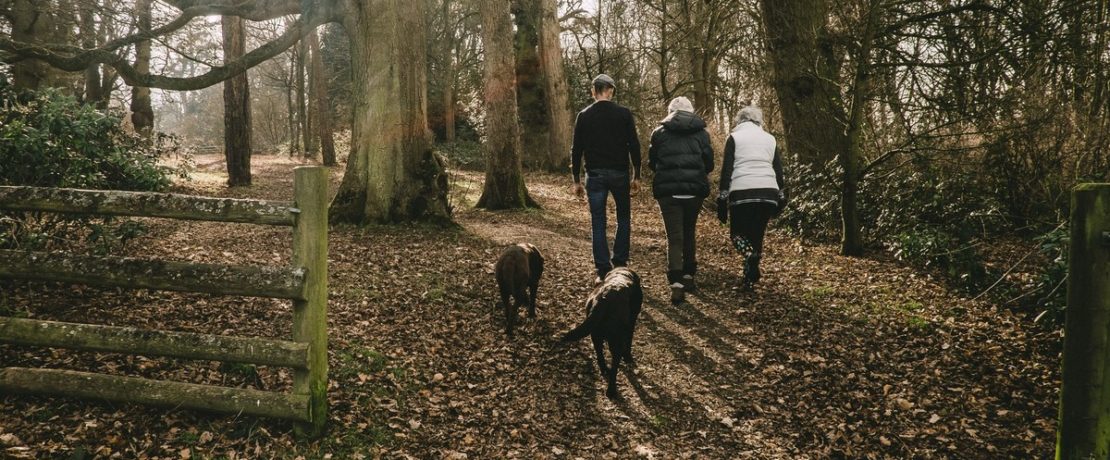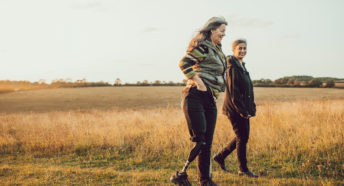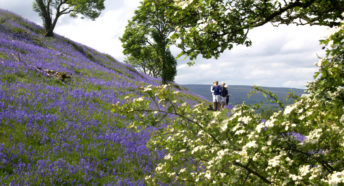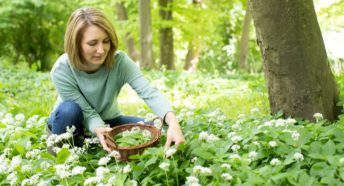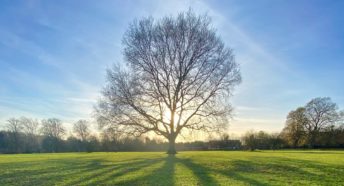A countryside walk in February
Our shortest month of the year is also one of great interest in our local countryside and green spaces. At this stage, we’re knocking on spring’s door, but more than whispers of winter remain in the air, with prevalent frosts, chilly days and intensely bright, low sunshine.
If you made it out for a stroll or two in January, hopefully you came across some of the things we mentioned in our piece about what to look for on a January walk. Do share any other discoveries with us too, on our Facebook and Instagram pages.
So, what can we expect from a countryside walk in February? The answer is myriad kinds of life emerging in the natural world.
For your stroll, you don’t need to go anywhere fancy (your local park or green space is great!) but if you’re looking for specific ideas in Derbyshire, try the lakes at Hardwick or the Staunton Harold area and you might spot a great-crested grebe. The churchyard at the Holy Trinity Church in Chesterfield also offers a stunning display of crocuses.
Keep reading to find out the sort of things to look and listen out for in February …
Colourful blooms
We might still think of February as deep winter, with little colour around. Happily, that’s wrong – and here are some bright early signs of spring for you to spot.
By now, snowdrops and winter aconites are really hitting their stride, giving long, dense stretches of rich yellow and off-white on verges, under hedges and in gardens. It’s our first real sign that winter is starting to bow out.
As we enter February, we can expect to find even more colourful blooms. The first of these might be the crocus, loved by gardeners for their early displays of colour. You might also find them wild in verges. This delightful plant treats us to a technicolour display, often purples and yellows, and it’s an extremely important source of nectar for early pollinators.
Not far behind crocuses, are daffodils, which crop up in clusters just about everywhere; their vivid yellow, trumpet-like flowers nodding in the cool breeze.
Other flowers to look out for this month include the cyclamen, with its pale purple blooms, as well as the textured leaves and off-yellow of primrose (look in shady areas), and the sweet violet, a low growing and pleasantly scented perennial which is found naturally at the base of hedgerows and on woodland edges.
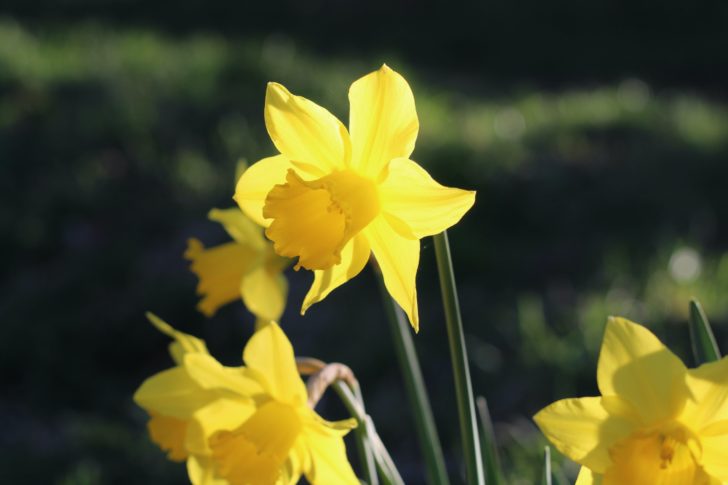
Birdsong picks up
Daylight hours are increasing rapidly now. In fact, by the end of February, England will see almost three hours more daylight compared to early January. Our feathered friends have cleverly picked up on this, and no doubt you’ll have seen and heard more and more over the past few weeks than you have in a long time.
The dawn chorus is starting to amplify, with a rich orchestra of robins, various tits, sparrows, crows and other corvids, dunnocks and more.
You’re likely to spot plenty of woodpigeons and collared doves perched in trees and greedily pecking away at bird tables. Look out for blackbirds, and all the birds named above, flitting about around hedgerows, in trees and in gardens.
Mistle and song thrushes may also start warming up their vocal chords in February. These beautiful birds have a dramatic, high pitched and flute-like song, with the song thrush often opting to repeat phrases several times. Look out for them higher up in trees and hedgerows.
Listening to birdsong can be a wonderfully calming and grounding activity. If you’re not sure what bird you’re hearing, try using this RSPB guide.
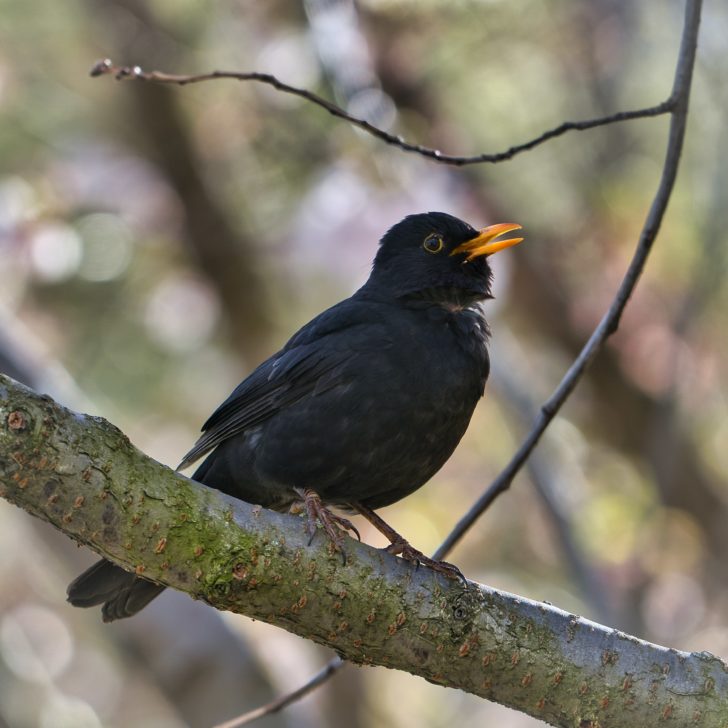
Bodies of water
If you’ve got a pond nearby (or one of your own), be sure to keep your eyes peeled for common frogspawn.
The ever so slight increase in air and water temperature means that frogs often eagerly emerge from their winter rest during February and begin the courting and mating process. You may even hear frogs croaking at dusk and in the evening.
Of course, the risk of hard frost is still very real in February, and tadpoles are the food of choice for many, from aquatic predators like dragonfly nymphs and backswimmers to newts. For these reasons, sadly not many will make it to adulthood.
Speaking of water, if you’re local to a lake or nature reserve with great crested grebes, be sure to make a trip there this month. You just might catch their stunning and bizarre mating display, with features a plethora of contortions, water acrobatics and graceful dances.
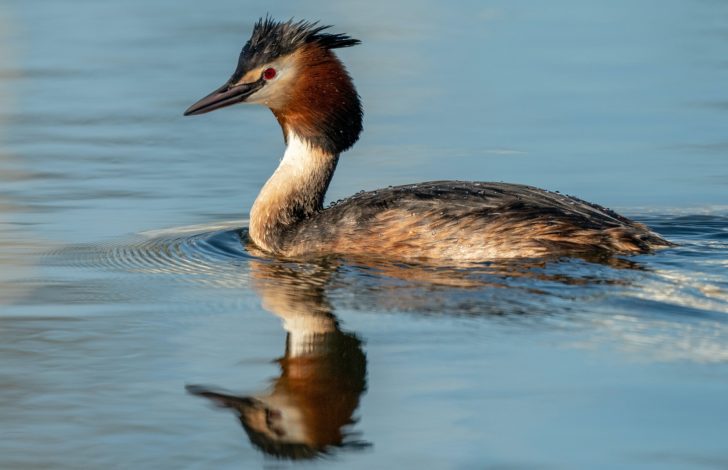
Roe deer spotting
Roe deer are becoming increasingly widespread in the countryside and even along busy roadsides as they dash between fields and woods. They are our most common native deer, and can most easily be identified by their short antlers and a distinct pale rump, which is a heart shape for females, and oval for males.
During February, the coat of a roe deer is still grey, unlike its reddish summer coat. While their activity levels are still on the lower side, you may still spot roe deer feeding on ivy or grass – or grooming themselves, particularly pregnant does (female deer).
The best time to see deer moving around and feeding is dawn or dusk, but be careful not to disturb them and always keep dogs on a lead in these areas – the deer need to conserve their energy! You can find them in open arable land, but more often than not at woodland edges.
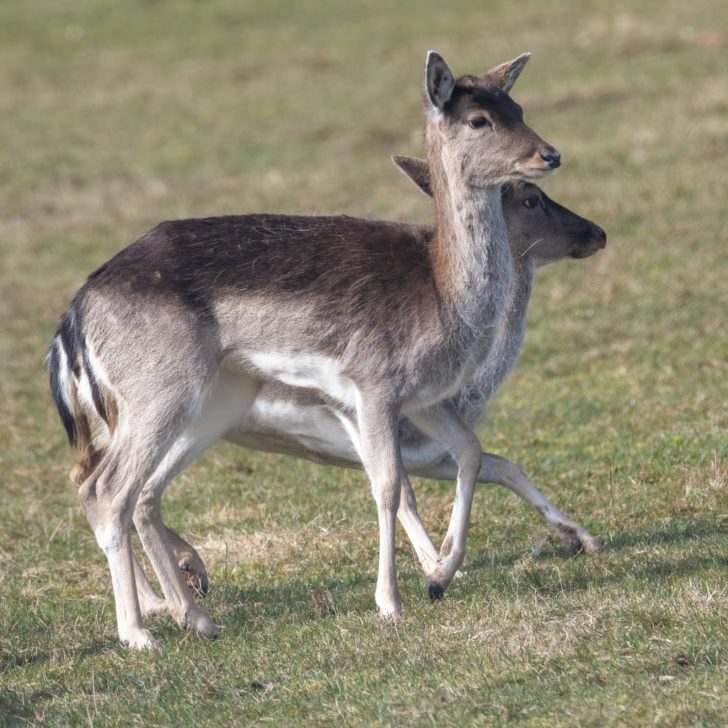
It’s always important to prepare well for a winter walk to make the most of it. Check out this great piece on how best to prepare for a bracing and enjoyable walk.
AT CPRE Derbyshire, we want to protect and enhance Derbyshire countryside and green space for everyone. If you’d like to help, consider donating or becoming a member.
